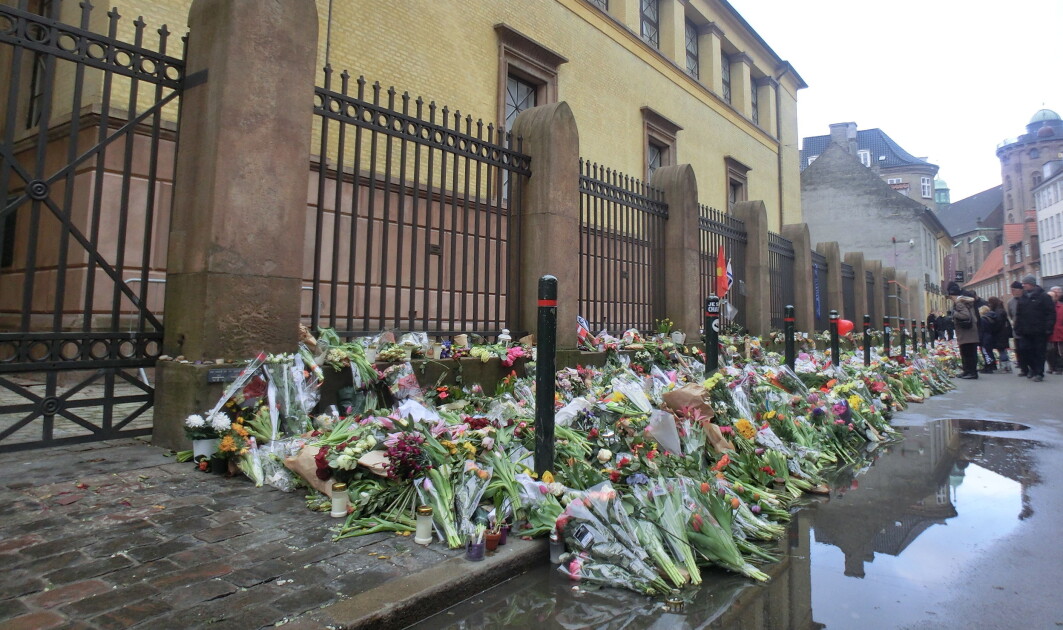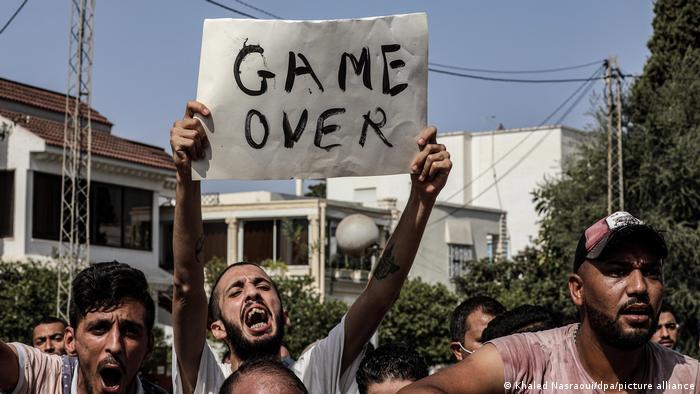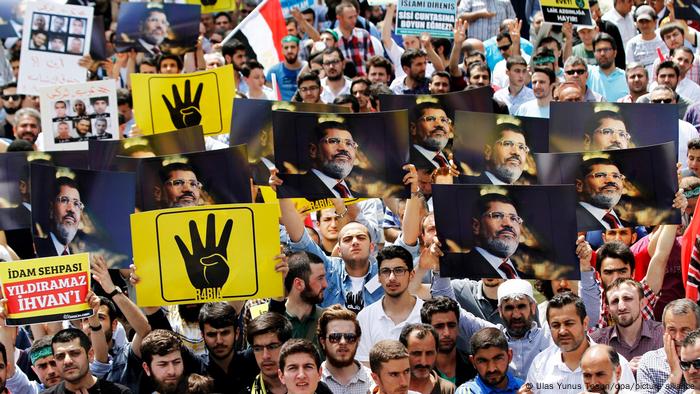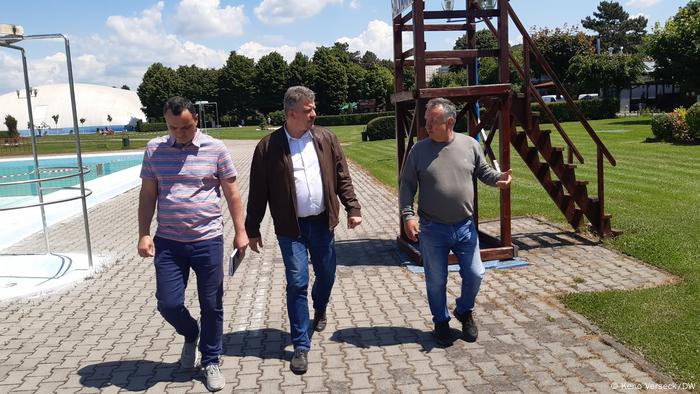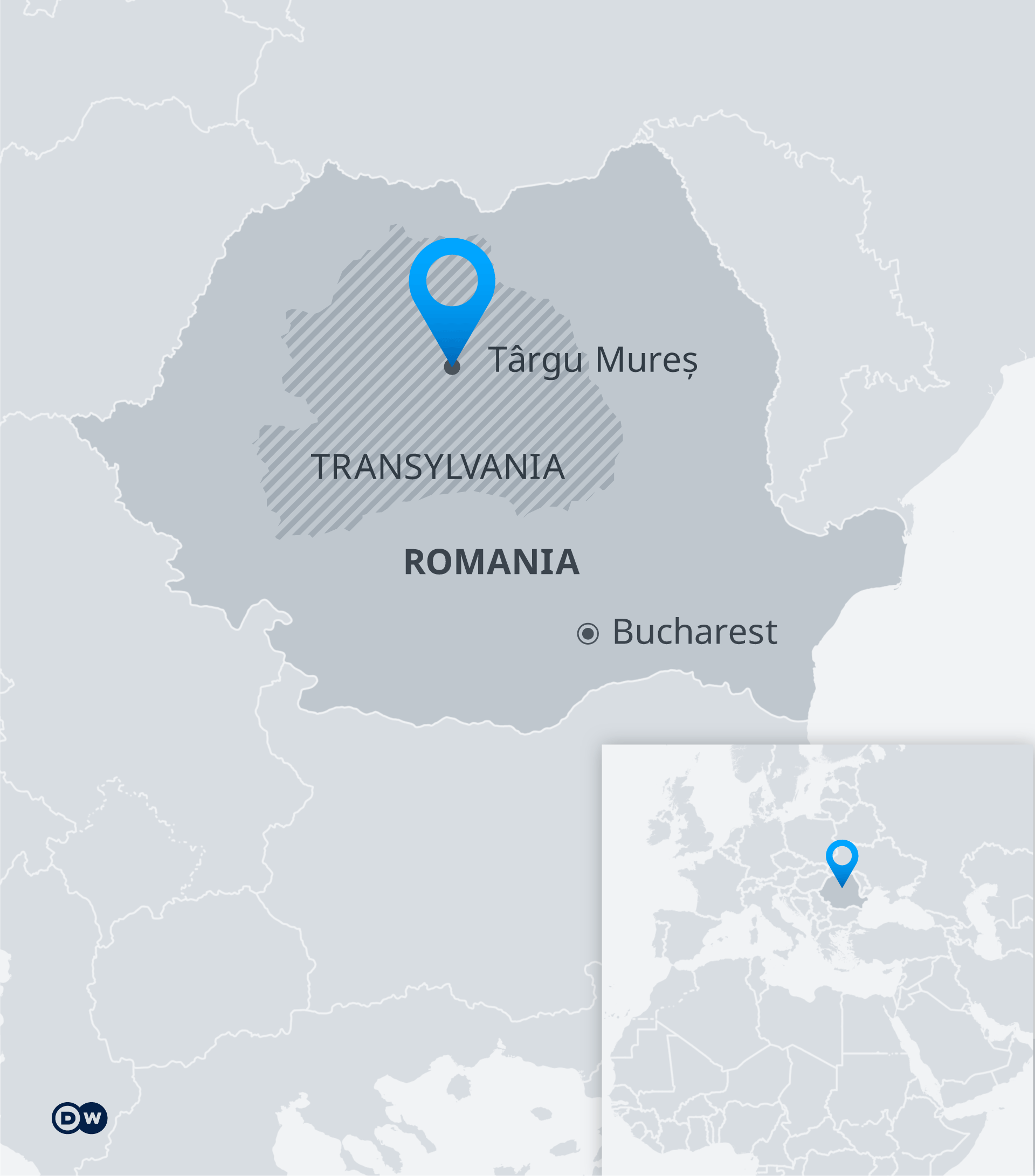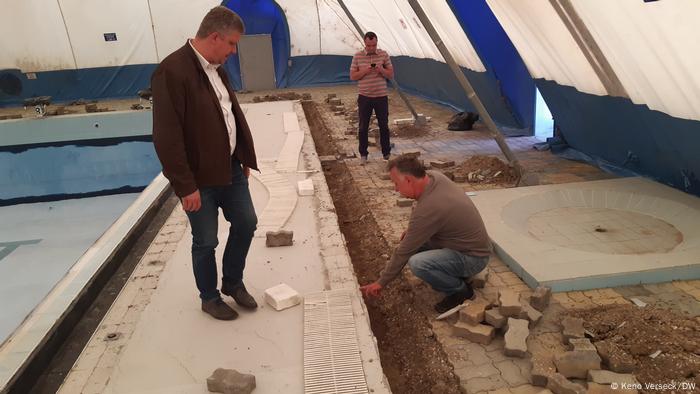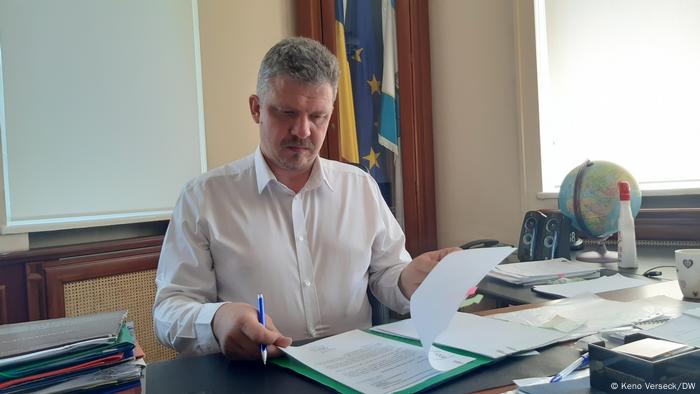AUKUS nuclear submarine deal shows the world has changed
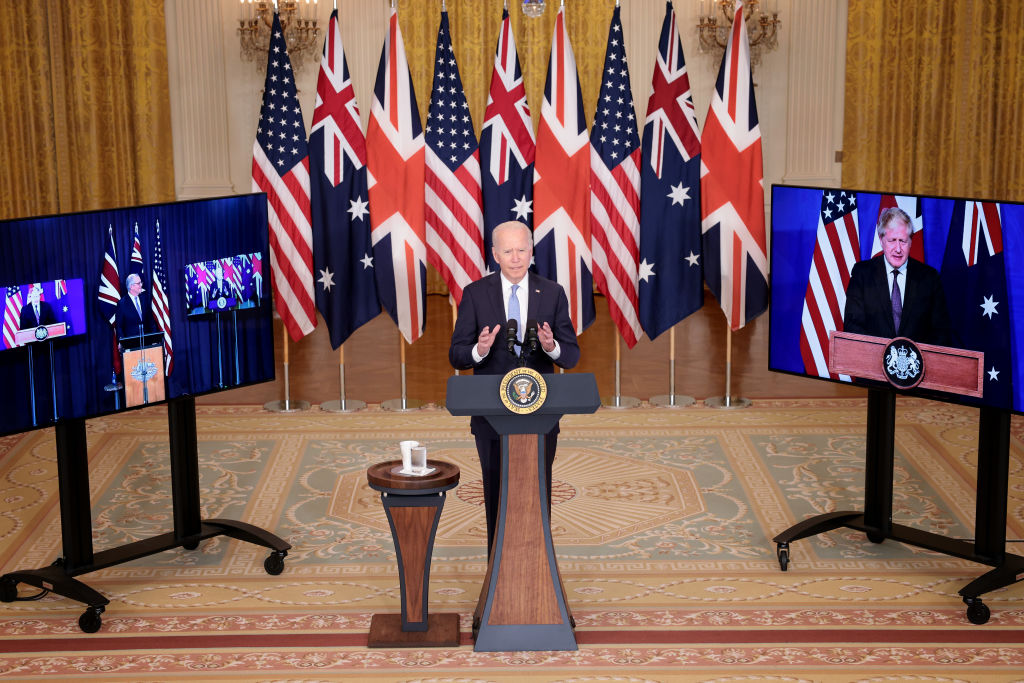
Australia is going to build nuclear submarines as part of a new broader defence technology pact with the US and the UK. How much the world has changed since just April 2016.
Back then, Australia chose a conventional, diesel-powered submarine as its key undersea weapon, to be built in partnership with the French. A nuclear submarine was ruled out then because of the sensitivity of military nuclear technologies, the complexity and cost, and because we were told our strategic needs would be met by the diesel submarine.
The sensitivity, complexity and cost remain. What’s changed is our security environment. That’s summed up in three words: China under Xi.
Any doubts about the direction Xi Jinping is taking China were ended in Tiananmen Square on 1 July, when he doubled down on his vision that a great China is one that can use its power in the world however it deems fit, engaging in a great struggle against others who seek to make their own decisions.
And it’s more than China that has changed. In 2016, the UK government would almost certainly not have been seized with the urgency of sharing nuclear secrets with Australia and the US would only have done so with a huge amount of arm twisting, notably of submarine folk in the US Navy. We would have been regaled with stories about how the US and UK only share their nuclear defence technology with each other, under an agreement signed in 1958.
So, Joe Biden, Boris Johnson and Scott Morrison standing together (virtually) also signals a shift to a more robust deterrence of China by some of the world’s most powerful and activist democracies. That shift began to be obvious in June at the Cornwall meeting of the G7 group of nations, with Australia, India and South Korea along, but it’s been reinforced and accelerated today. This is the huge geostrategic news behind the announcement—and that will be understood in Beijing and the wider world.
There are many questions and issues to be resolved in the wake of today’s announcement. That’s why the three governments have set out an 18-month planning timeline for this challenging international enterprise.
The Australian government is crystal clear that when it comes to submarines, details, planning and implementation really matter. Since 2016, they’ve had the uncomfortable experience of the troubles, challenges and delays in Defence’s pursuit of the holy grail: a diesel-powered submarine with all the attributes of a nuclear one.
Our French partners will have some interesting discussions with our increasingly important and close strategic partners in Japan—because this is the second time it’s looked like we were building a submarine with a new partner, only to radically change course. The French will rightly note that they’ve spent six years trying to turn their nuclear Barracuda-class design into a diesel-powered version for us because we said we didn’t want a nuclear boat.
In an understatement, Naval Group has said the announcement is a ‘major disappointment’. Keeping any momentum in the French strategic partnership, which was taking on more weight through things like the new annual foreign and defence ministers’ forum first held just a few weeks ago, is going to be plain hard, but important given France’s global and regional roles.
But why a nuclear submarine? Put simply, it’s about range, stealth and power. A diesel submarine, even a ‘bleeding edge’ design for one, just doesn’t have the range or endurance to get from Australia to somewhere like the South China Sea or Malacca Strait and stay on station for long. A nuclear submarine does. A nuclear submarine is stealthier and harder to detect because it doesn’t have to run near the surface during a mission to recharge its batteries and it has the speed to get out of harm’s way if the risk of detection grows. And the nuclear power plant produces as much electricity as even the most power-hungry systems and sensors our future technologist can imagine will need.
The 18 months of joint work on all the complexities is essential. We’ve heard that Australia creating a civil nuclear industry isn’t part of this announcement and nor are nuclear weapons. Both things clarify what’s left to be done and at least don’t add enormous further complications—like becoming a nuclear-weapons state while maintaining strong commitments to non-proliferation of such devastating weapons.
Even with this, we’ll need every bit of the close partnership with UK and US institutions, companies and agencies that the three leaders have directed. As examples, the Australian Radiation Protection and Nuclear Safety Agency currently monitors and regulates the visits of nuclear-powered warships, submarines and surface vessels, from partners like the US and UK to Australian ports. This is largely a matter of monitoring and environmental safety. But short visits by such vessels are quite different to basing, managing and maintaining nuclear reactors on Australian submarines.
Blistering onto the US nuclear submarine infrastructure, and building our own capacity and skills in parallel, will be Australia’s primary approach, and just like the one the UK has taken since 1958. That probably applies to things like the fuel—we’ll probably use the US and UK fuel cycles, including for the management and storage of reactor waste, rather than building our own onshore facilities for this.
The expenses will be eyewatering, but so were the costs of the Attack class—$90 billion at last count just to build the 12 submarines and more than that again to operate them. The advantage is Australia gets an enduringly powerful deterrent capability, and with it we can work even more closely with powerful partners to deter conflict. But it seems unlikely we’ll see the first Australian sub at least until the late-2030s—around the time the first French boat was to be delivered. So, pressure on the Collins-class submarines now in service will grow.
It’s hard to see Defence’s current submarine program management delivering this, given they were at the core of the decision to go down the Attack-class path. And it’s hard to see it being done out of a small part of the Defence department, given that a nuclear submarine is a national and international endeavour. The requirements for operating nuclear submarines extend far beyond the traditional expertise of Defence. Now more than ever we need to treat the national shipbuilding enterprise as a true national endeavour with leadership and organisation to match, rather than as a loosely confederated group of Defence projects managed from within the department.
The long-term nature of the AUKUS partnership is the strongest possible statement that the challenge we face from China is equally long-term—no changes of tone or even the shrewdest diplomacy is likely to change Xi’s instinctive path and mindset of struggle. Deterrence by a growing set of powerful nations just might.






